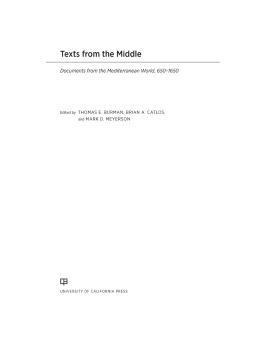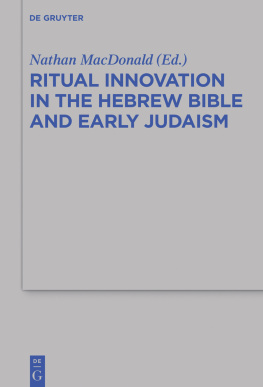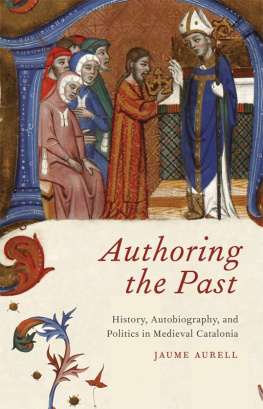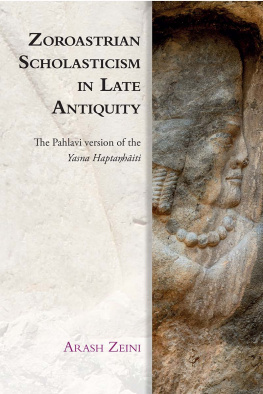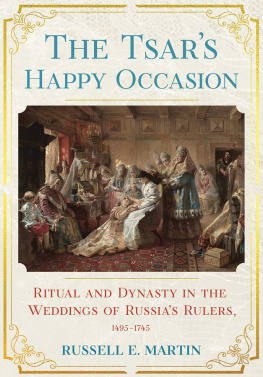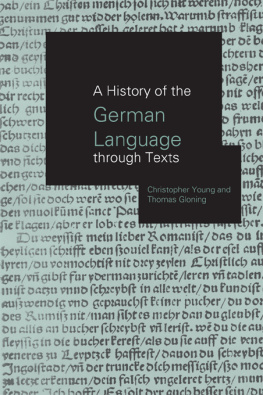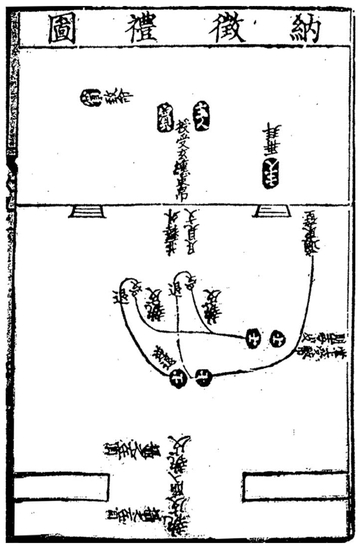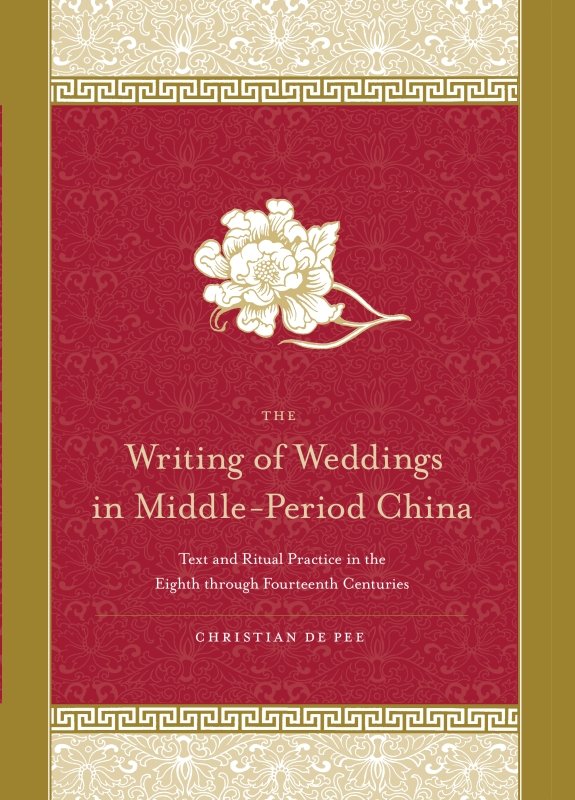

Table of Contents
Table of Figures
List of Tables
SUNY series in Chinese Philosophy and Culture
Roger T. Ames, editor
To Lara
Ritual choreography of Submission of the Betrothal Gifts, from Yang Fus Ceremonies and Rites Illustrated (Yili tu, 1228). Yuan-dynasty edition. Courtesy of the National Central Library, Taipei.
Preface
This book attempts to preserve the fragile traces of the practice of weddings during the Middle Period, from the late Tang (618907) through the Yuan dynasty (12721368). The ephemeral configurations of grooms and brides and wedding guests, the unique sounds and sights and fragrances of Middle-Period weddings, have by nature ever defied the limitations of the written page. But where writing was a ritual practice, and where the text was a ritual object, texts do yet preserve, amid their configurations of written signs, traces of the practice of Middle-Period weddings. The detailed choreographies of ritual manuals allow the reader, now as then, to merge through symmetrical, centered time and space with the perfect ceremonies of legendary antiquity. The lavish display of wit and erudition in engagement letters creates linear hierarchies of literary production and linear successions of literary fashions that are replicated in the linear time and space of their ritual narratives. The recondite cosmological calculations of calendars and almanacs assume a cyclical time and space in which the revolutions of noxious dangers and bright opportunities determine auspicious and inauspicious dates, hours, and locations for weddings. Legal verdicts reconfigure local wedding ceremonies according to the universal categories of imperial law, in the ritual time and space of imperial government, yet in the process of that translation, in the margins of those judgments, become dimly, briefly visible unwritten cultures of colloquial practice. These incompatible notions of time, space, and bodies, configured in incommensurable wedding ceremonies, converge in tombs in which deceased spouses have been buried together. The material ambiguity of the tomb allows a juxtaposition of discourses that the determinate conventions of the Middle-Period text prohibit. The Middle-Period text, in other words, has preserved configurations of time, space, bodies, and writing, without indicating how these might be refigured in the ritual practice of weddings.
This is a book about the practice of the text. It examines the intersections between the practice of writing and the practice of weddings during the Middle Period, and in the process reassesses the relationship between the Middle-Period text and the practice of the historian. The particularities of writing as a cultural practice during the Middle Period, and the particularities of the transmission of texts during late imperial times, have created a textual legacy that differs markedly from the textual legacies of the European and the American past. It stands to reason, therefore, that the received narratives and idioms of European and American historiography are not always suitable to render the history of the Middle Period, and that the historian should consider metaphors and modes of emplotment that accommodate the particularities of Middle-Period texts. This book attempts a description of fragmented discourses, in a style that allows an active, dialectical engagement with the extant texts. With every chapter, each shorter than the previous, the distance between the practice of the text and the practice of ritual widens, as also the transmitted texts become fewer and more fragmentary. Each chapter, moreover, spans a different stretch of time, from the origins of a genre to its demise, or from one founding text to another. The designation Middle Period is broad enough to encompass these different spans of time, while being specific enough to suggest the era of a growing market economy, an increasing population, the spread of printing, the new prominence of the imperial examinations, the changing nature of the elite, and the re-evaluation of the classical traditionall factors that shaped the narratives of the discourses that are the subject of the chapters of this book.
The research and the composition of this book, begun as a dissertation, have in the course of time been subvened by the Center for Chinese Studies in Taipei; the American Council for Learned Societies/Chiang Ching-kuo Foundation Fellowship Selection Committee, with funds provided by the Chiang Ching-kuo Foundation; the Mrs. Giles Whiting Foundation; the Fang-Tu Teaching Fellowship in East Asian Studies, Heyman Center, Columbia University; and a postdoctoral fellowship at the Center for Chinese Studies, University of California at Berkeley. The research for this book has also benefited much from a yearlong affiliation granted by the Institute of History and Philology at Academia Sinica, in Taiwan. I am grateful to all these institutions for their support.
I am also pleased to acknowledge the help I have received over the years from librarians in Taiwan, Mainland China, and the United States, specifically the staff of the Rare Books Collection of the National Central Library and the National Palace Museum Library Rare Book Room in Taipei, the Fu Ssu-nien Library of the Institute of History and Philology at Academia Sinica, the C. V. Starr East Asian Library at Columbia University, the East Asian Library at the University of California at Berkeley, the East Asian Library at Princeton University, the Kroch Asia Library at Cornell University, the library of Yunnan University, and the Gejiu Municipal Library.
A number of passages in this book have previously been published in The Ritual and Sexual Bodies of the Groom and the Bride in Ritual Manuals of the Sung Dynasty (11th through 13th Centuries), in Chinese Women in the Imperial Past: New Perspectives, ed. Harriet T. Zurndorfer (Leiden: E.J. Brill, 1999); Premodern Chinese Weddings and the Divorce of Past and Present, positions: east asia cultures critique 9: 3 (winter 2001); Material Ambiguity and the Hermetic Text: Cities, Tombs, and Middle-Period History, Journal of Song-Yuan Studies 34 (2004); and Till Death Do Us Unite: Texts, Tombs, and the Cultural History of Weddings in Middle-Period China (Eighth through Fourteenth Centuries), The Journal of Asian Studies 65: 4 (November 2006). Those passages are reprinted here with the kind permission of Koninklijke Brill, positions: east asia cultures critique, the Journal of Song-Yuan Studies, and the Association for Asian Studies.
Robert Hymes offered incisive criticism during the important early stages of my dissertation. In later years, my work on the book was helped by the comments and encouragements of many, among them Alain Arrault, Robert Ashmore, Bettine Birge, Peter Bol, Miranda Brown, Lucille Chia, Astrid de Pee, Hilde de Weerdt, William Hanks, Ton Hengeveld, Lionel Jensen, David Lurie, Jennifer Purtle, Sarah Schneewind, Anna Shields, Patricia Thornton, Walter van de Leur, Lothar von Falkenhausen, Stephen West, and the two anonymous readers for the State University of New York Press. I am grateful also for the suggestions and criticisms offered by audiences at the workshop on the History of Chinese Women at Leiden University; the 1998 and 2000 annual meetings of the Association for Asian Studies; the Traditional China Seminar and the Society of Fellows in the Humanities at Columbia University; the Department of East Asian Languages and Civilizations at the University of Chicago; the Center for Chinese Studies at the University of California at Berkeley; and the seminar on New Approaches to Chinese Studies at the University of California at Los Angeles. Nancy Ellegate and Judith Block of the State University of New York Press have been encouraging, helpful, and accommodating in the preparation of this book for print.
Next page

